United Kingdom and the world
Lost Ancestors
Deaths and Dispatches
Famous People
George Frederick Ernest Albert
House of Saxe-Coburg and Gotha, renamed as House of Windsor
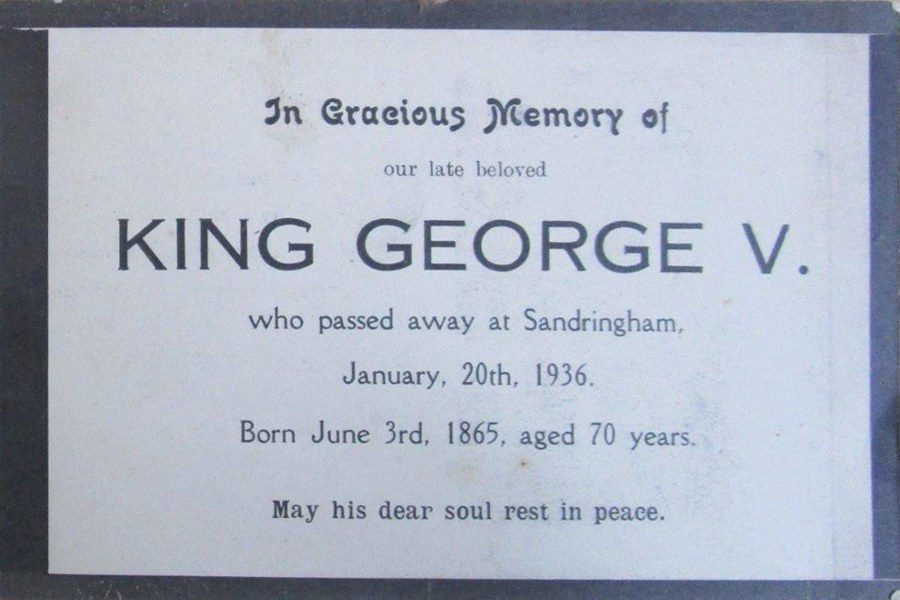 |
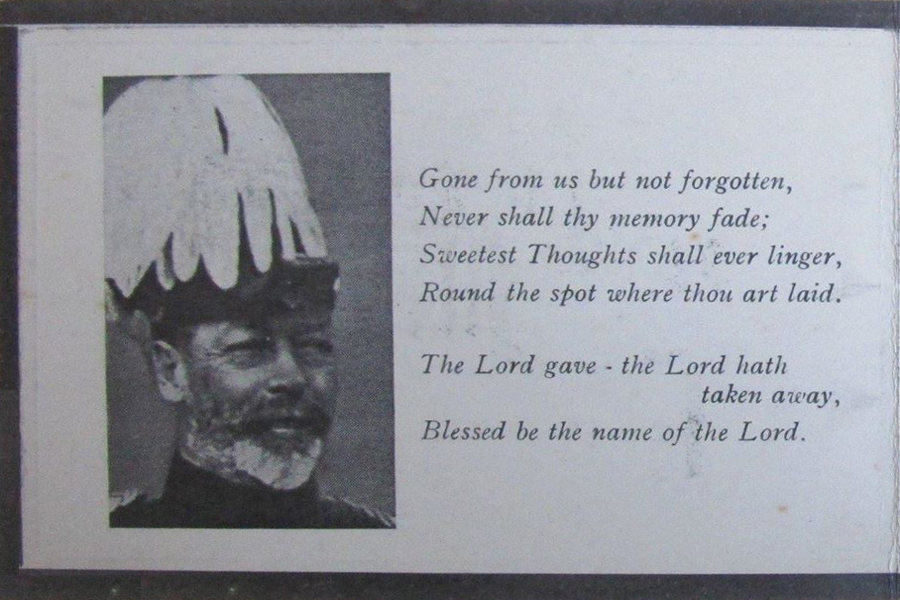 |
In Gracious Memory of
our late beloved
King George V.
who passed away at Sandringham,
January 20th, 1936;
Born June 3rd, 1865, aged 70 years.
May his dear soul rest in peace. |
Gone from us but not forgotten,
Never shall thy memory fade;
Sweetest thoughts sgall ever linger,
Round the spot where thou art laid.
The Lord gave - the Lord hath taken away,
Blessed be the name of the Lord. |
|
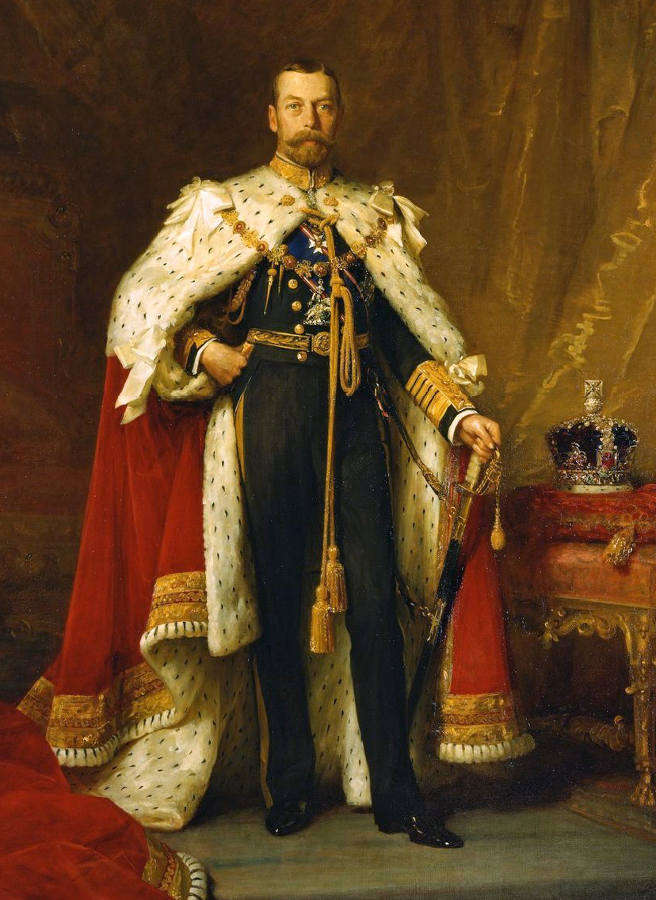
King George V in 1911 |
George V (3 June 1865 - 20 January 1936) was King of the United Kingdom and the British Dominions, and Emperor of India, from 6 May 1910 until his death in 1936.
He was the second son of Albert Edward, Prince of Wales (later King Edward VII), and the grandson of the reigning British monarch, Queen Victoria. From the time of his birth, he was third in the line of succession behind his father and his elder brother, Prince Albert Victor, Duke of Clarence and Avondale. From 1877 to 1891, George served in the Royal Navy, until the unexpected death of his elder brother in early 1892 put him directly in line for the throne. On the death of his grandmother in 1901, George's father became King-Emperor of the British Empire, and George was created Prince of Wales. He succeeded his father in 1910. He was the only Emperor of India to be present at his own Delhi Durbar.
His reign saw the rise of socialism, communism, fascism, Irish republicanism, and the Indian independence movement, all of which radically changed the political landscape. The Parliament Act 1911 established the supremacy of the elected British House of Commons over the unelected House of Lords. As a result of the First World War (1914-18) the empires of his first cousins Tsar Nicholas II of Russia and Kaiser Wilhelm II of Germany fell while the British Empire expanded to its greatest effective extent. In 1917, George became the first monarch of the House of Windsor, which he renamed from the House of Saxe-Coburg and Gotha as a result of anti-German public sentiment. In 1924 he appointed the first Labour ministry and in 1931 the Statute of Westminster recognised the dominions of the Empire as separate, independent states within the Commonwealth of Nations. He was plagued by illness throughout much of his later reign and at his death was succeeded by his eldest son, Edward VIII. |
Read more on Wikipedia.
The Royal Family:
George V. (1865-1936) and Mary of Teck (1867-1953)
Children:
Edward Albert Christian George Andrew Patrick David (Edward VIII., 1894-1972)
Albert Frederick Arthur George (George VI., 1895-1952)
Victoria Alexandra Alice Mary (Princess Royal and Countess of Harewood, 1897-1965)
Henry William Frederick Albert (Prince Henry, Duke of Gloucester, 1900-1974)
George Edward Alexander Edmund (Prince George, Duke of Kent, 1902-1942)
John Charles Francis (Prince John of the United Kingdom, 1905-1919) |
|
|
 |
| Index |
Entry Page |
Facebook-LA |
Do you have further information? Did you find a fault?
Report it to the moderators.
Click here to send an email to them.
Thank you.
Last update: 27 February 2016
This collection is online since September 2012







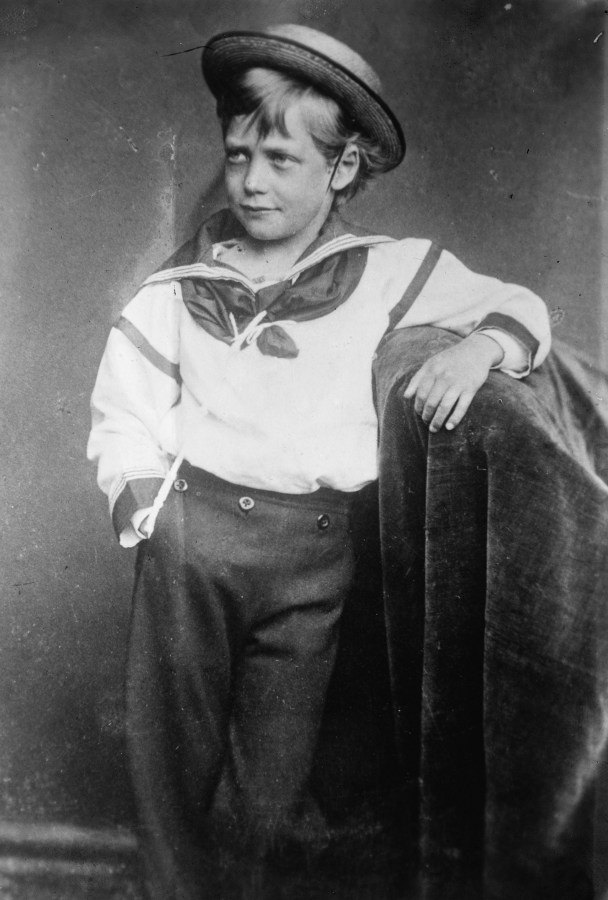
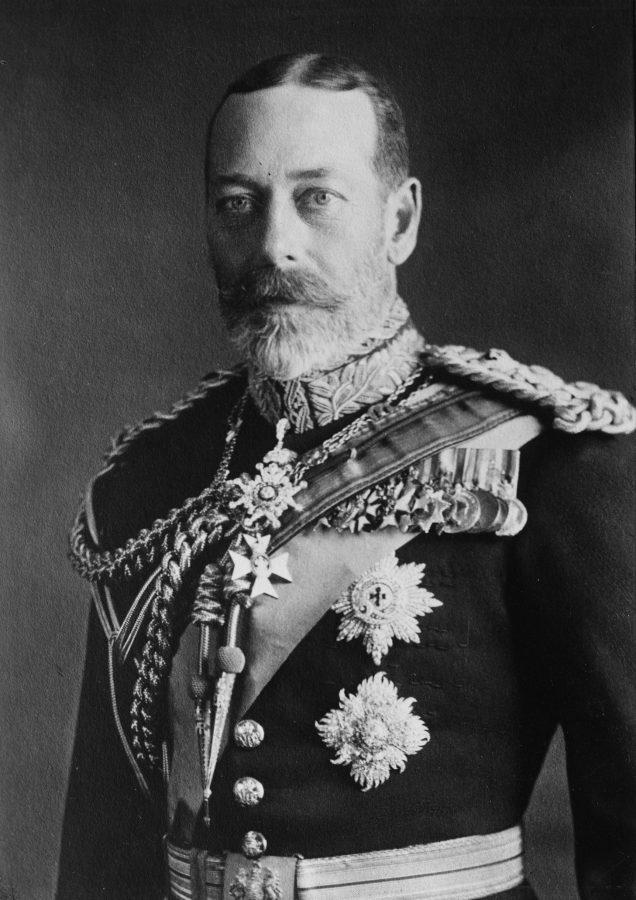
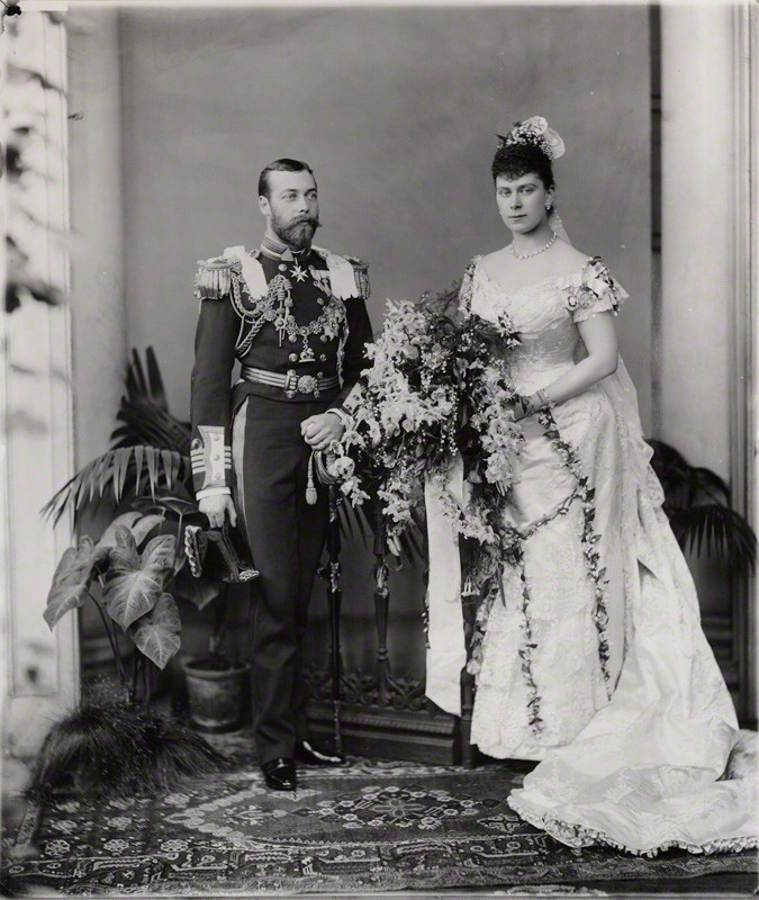
![]()
![]()
![]()
![]()